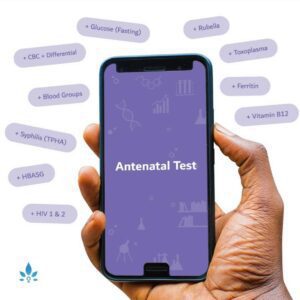What is Sensory Integration Disorder?


The roar of a passing train. The feeling of a warm, fuzzy sweater on your arms. The taste of a cold ice-cream sandwich. The bright colors of a rainbow. Experiencing each of these senses requires complex activity in your brain’s nervous system. But for as many as 15 percent of school-aged kids, the brain doesn’t receive the information it needs to interpret the information received from the senses, making it difficult for them to tolerate many sounds, sights, experiences, and feelings.
This condition, which is called sensory integration disorder or sensory processing disorder (SPD), affects many aspects of everyday life. And whether one sense or several are affected, when various sights, sounds, and feelings bombard SPD sufferers, they struggle to process everything. As a result, behavioral problems, trouble in school, anxiety, and depression are common.
Many of the symptoms of SPD are similar to those of autism and other neurodevelopmental diseases. In toddlers, common symptoms include intense tantrums, resistance to cuddling, wild mood swings, and odd behaviors. In older kids and adults, SPD can manifest as hypersensitivity or under-sensitivity to touch, hearing, sight, taste, or smell.
For years, experts weren’t exactly sure what caused SPD, and diagnosis is difficult (many children are misdiagnosed and not treated correctly), but in a 2013 study from the University of California San Francisco, researchers used MRI to view the brains of children with SPD and discovered they have differences in brain structure compared to kids without the condition, meaning SPD has a biological basis that might one day be diagnosed in a clinic.
Often, children with SPD are treated by occupational therapists, who work with them on activities thought to organize the sensory system, using tools like brushes, balls, swings, and other equipment specially designed to provide sensory input. But according to the American Academy of Pediatrics, while these therapies may be part of a child’s treatment plan, they haven’t been well studied.
Sources:
- Sensory Processing Disorder Foundation
- About SPD.
University of California San Francisco - Breakthrough Study Reveals Biological Basis for Sensory Processing Disorders in Kids.
Pediatrics. Sensory Integration Therapies for Children with Developmental and Behavioral Disorders.
The Child Mind Institute - The Debate Over Sensory Processing.
Powered by Bundoo®













































